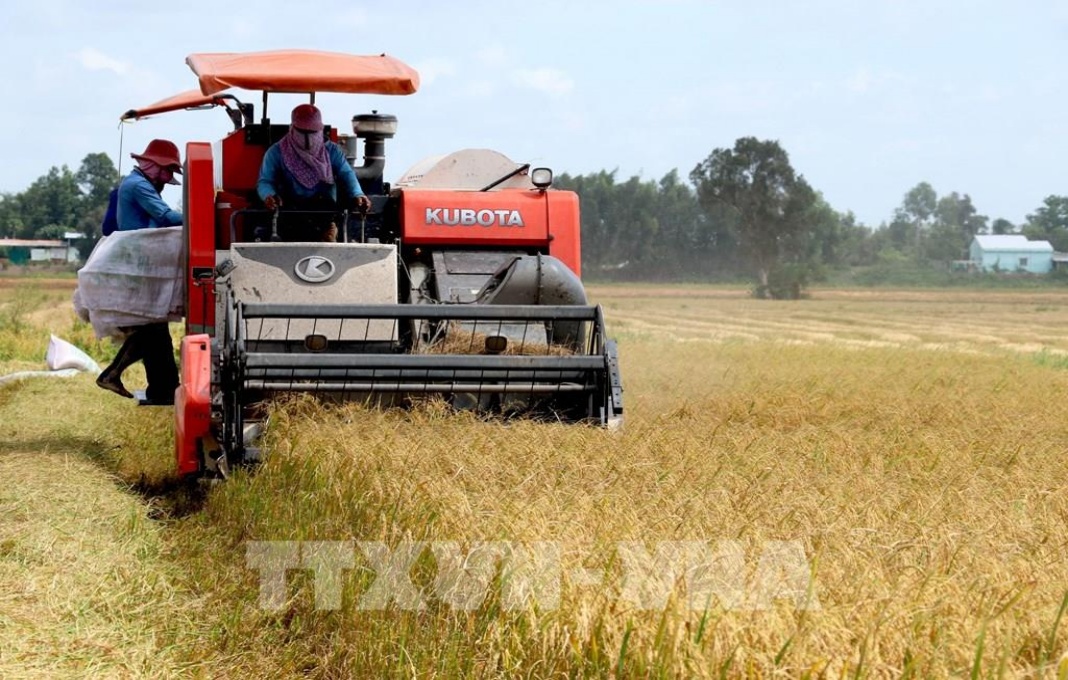HCMC – Indonesia has announced its intention to invite tenders for an additional 300,000 tons of rice in April, marking a positive turn for the domestic rice market.
Due to delays in major harvests during March and April, the Indonesian government has expanded its rice import quotas for this year by an additional 1.6 million tons, bringing the total quota to 3.6 million tons, reported the Vietnam Food Association (VFA).
Since early this year, Indonesia has already imported 650,000 tons of rice and has signed contracts for an additional 350,000 tons. Vietnam accounts for half of these imports, with the remainder sourced from Thailand, Pakistan and Cambodia.
Vietnamese companies secured contracts for 108,000 tons of rice during the bidding conducted by Indonesia’s National Logistics Agency (Bulog) at the end of March, reportedly resulting in domestic rice prices soaring, according to the VFA.
If Vietnamese exporters secure a considerable portion of the upcoming 300,000-ton bid, domestic rice prices might pick up again. This is because Vietnam is approaching the end of the harvest season, leading to a decrease in rice supply and potentially making rice purchases tough.
On April 8, world rice prices edged lower across all segments. Thailand’s 5% broken rice decreased by US$10 to US$571 per ton, while Pakistan’s equivalent grade dropped by the same amount to US$591 per ton. Vietnamese rice slid by a slight US$1 to US$576 per ton.
For 25% broken rice, Vietnam’s prices fell by US$4 to US$554 per ton. Thailand’s prices also dipped by US$10 to US$526 per ton. Pakistan’s price inched down by US$5 to US$549 per ton.
The decline in global rice prices is attributed to seasonal factors in Asian exporting countries and the depreciation of local currencies against the U.S. dollar.
In Vietnam, the Mekong Delta, the country’s key rice growing area, is still in the midst of the winter-spring rice harvest, while the Vietnamese dong has weakened against the greenback.
Similarly, in Thailand, new demand is absent while rice inflows increase due to the country being in the midst of the main harvest season. Furthermore, Thailand’s rice prices are influenced by the weakening of the Thai baht against the U.S. dollar.











